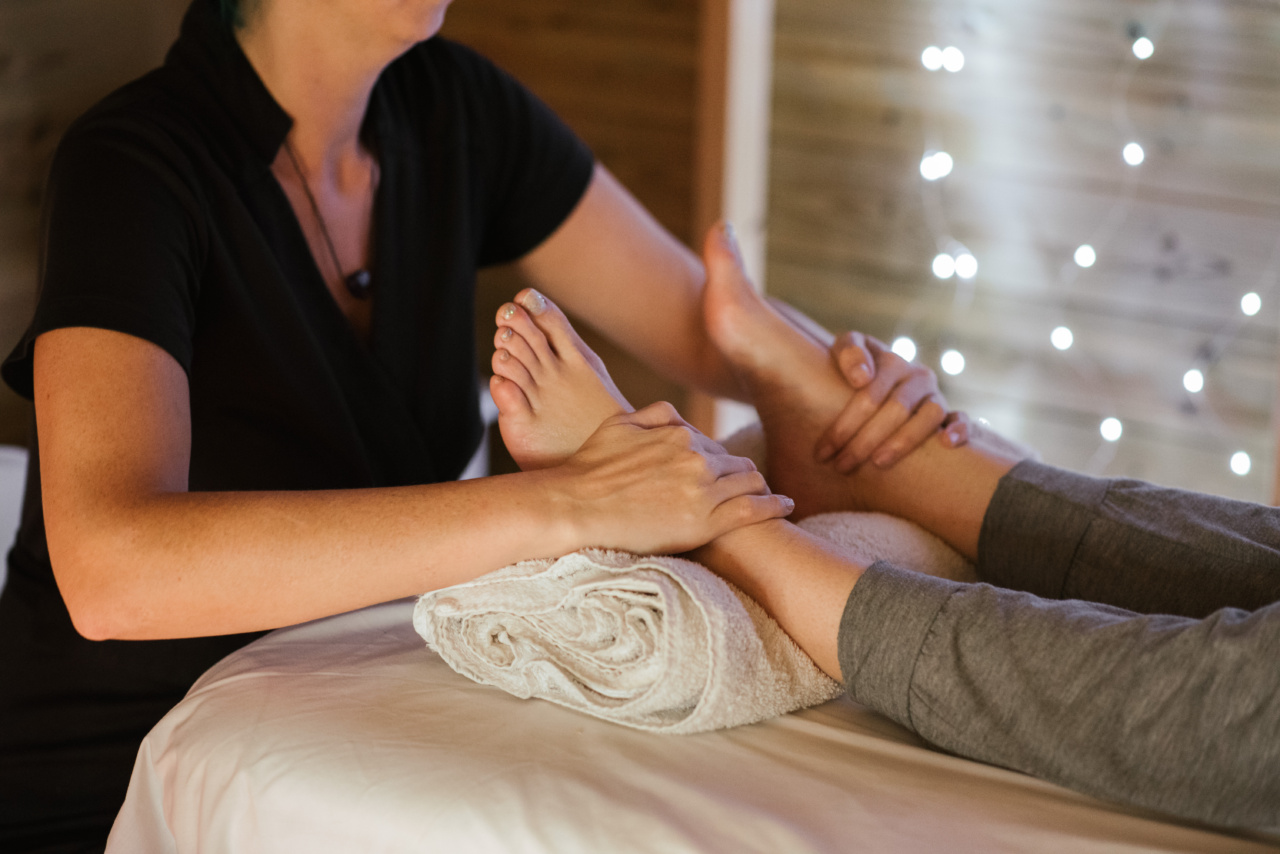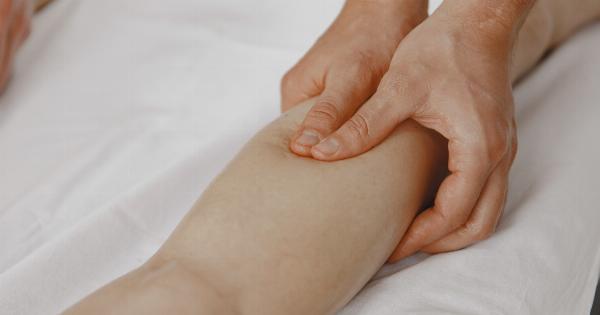Leg eczema, psoriasis, cellulitis, and fungal infections are common skin conditions that can affect anyone. These conditions are not only uncomfortable but also unsightly, leading to low self-esteem and even depression for some people.
Knowing the symptoms and treatment options for each of these conditions will help you take control of your skin health and get relief from the discomfort and embarrassment associated with these skin conditions.
Leg Eczema
Leg eczema is a chronic inflammatory skin condition that affects the skin on the legs, causing itchy, red, and sometimes cracked or blistered patches. It can occur at any age, but it is most common in adults.
The exact cause of leg eczema is not known, but it is thought to be due to a combination of genetic and environmental factors, such as stress and allergies. The symptoms of leg eczema may include itching, redness, dryness, scales, and blisters. Treatment may include moisturizers, prescription-strength creams or ointments, and oral medications.
Psoriasis
Psoriasis is a chronic autoimmune skin condition that affects about 2% of the population. This condition is characterized by thick, scaly, red patches of skin that can be itchy and painful. It can occur anywhere on the body, including the legs.
The exact cause of psoriasis is not known, but it is thought to be due to a combination of genetic and environmental factors. The symptoms of psoriasis may include red patches of skin covered in silvery scales, dryness, itching, thickness, and painful cracks. Treatment may include topical creams, light therapy, and oral medications.
Cellulitis
Cellulitis is a bacterial infection of the skin and subcutaneous tissue. It can occur anywhere on the body, including the legs. This condition is characterized by redness, warmth, swelling, and pain, often accompanied by fever and chills.
Cellulitis can be caused by a variety of bacteria, but the most common cause is Staphylococcus aureus. Treatment may include antibiotics, pain relievers, and elevation of the affected limb.
Fungal Infections
Fungal infections of the skin are common and can occur anywhere on the body, including the legs. Fungal infections occur when fungi invade the skin or nails. They are contagious and can be transmitted from person to person or from animals to humans.
The symptoms of fungal infections may include itching, burning, redness, scales, and blisters. Treatment may include antifungal creams or oral medications.
Symptoms of Leg Eczema, Psoriasis, Cellulitis, and Fungal Infections
The symptoms of leg eczema, psoriasis, cellulitis, and fungal infections can vary depending on the specific condition. However, common symptoms of these skin conditions include:.
- Itching
- Redness
- Dryness
- Scaling
- Blisters
- Swelling
- Pain
- Fever (with cellulitis)
Treatment Options for Leg Eczema, Psoriasis, Cellulitis, and Fungal Infections
The treatment options for leg eczema, psoriasis, cellulitis, and fungal infections will vary depending on the exact condition. In general, treatment options may include:.
- Moisturizers to soothe dry skin and alleviate itching
- Topical creams or ointments to reduce inflammation
- Light therapy (phototherapy) to reduce the thick, scaly patches (with psoriasis)
- Antibiotics to treat bacterial infections (cellulitis)
- Antifungal creams or oral medications to treat fungal infections
Prevention Tips for Leg Eczema, Psoriasis, Cellulitis, and Fungal Infections
While there is no cure for leg eczema, psoriasis, cellulitis, and fungal infections, there are several steps you can take to prevent these conditions or reduce their severity. These may include:.
- Avoiding triggers (such as certain foods or environmental irritants)
- Moisturizing daily to keep the skin hydrated
- Avoiding scratching or rubbing the affected area
- Keeping the affected area clean and dry
- Wearing loose-fitting clothing and breathable fabrics
- Avoiding contact with someone who has a bacterial or fungal infection
- Cutting nails properly to prevent fungal infections of the nail bed
Conclusion
Leg eczema, psoriasis, cellulitis, and fungal infections are common skin conditions that can cause discomfort and embarrassment. Fortunately, treatment options are available to alleviate symptoms and reduce their severity.
By taking preventative measures and maintaining proper hygiene, you can reduce your risk of developing these skin conditions. If you experience any persistent symptoms or concerns, it is important to see a medical professional for proper diagnosis and treatment.





























